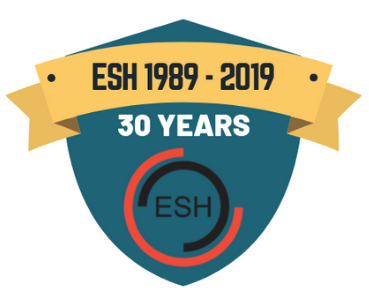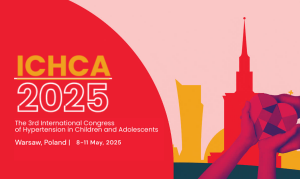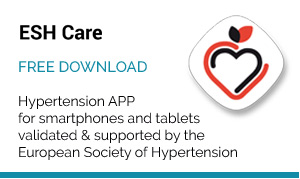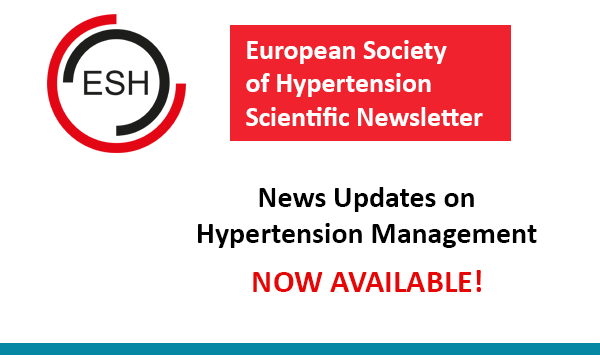20th European Meeting on Hypertension
Monday, 21 June – Classifying patients with uncontrolled hypertension by degree of response to valsartan monotherapy has a limited value in predicting which patients will benefit from the addition of hydrochlorothiazide (HCTZ), according to findings from a new study. Despite failing to meet blood pressure (BP) targets with valsartan monotherapy, all patients with stage 2 hypertension experience dose-dependent improvements in BP control with the addition of HCTZ.
In studies of new antihypertensive agents, patients who do not reach predefined BP targets with monotherapy are described as non-responders. Despite not reaching goal, however, some of these patients may have had some degree of BP reduction in response to monotherapy. The magnitude of response to single-agent antihypertensive therapy in these patients can be classified according to change in systolic BP (SBP) as non-response (no change), poor response (0 to <10 mm Hg ), or good response (≥10 mm Hg).
The current study was designed to evaluate whether initial response to valsartan monotherapy predicts response to additional treatment with valsartan monotherapy or combination therapy with valsartan plus HCTZ.Domenic A. Sica, MD, Virginia Commonwealth University, Richmond, Virginia, presented results from a pooled analysis of two large hypertension trials.
Together, the two hypertension trials included 6800 patients with a baseline diastolic BP (DBP) ≥ 95 mm Hg. After 4 weeks of valsartan 160-320 mg monotherapy, 4704 patients were classified as non-responders with uncontrolled DBP (>90 mm Hg). These patients were randomly assigned to additional treatment with valsartan monotherapy or valsartan plus HCTZ 12.5-25 mg.
Initial response to valsartan monotherapy was not a strong predictor of future response to valsartan-based therapy. Patients who were classified as poor responders to monotherapy had the largest reductions in SBP after additional treatment with valsartan monotherapy (-13.7 mm Hg), valsartan plus HCTZ 12.5 mg (-19.3 mm Hg), and valsartan plus HCTZ 25 mg (-22.7 mm Hg). After 8 weeks of additional treatment, poor responders had absolute BP levels that were similar of those to good responders.
Patients who showed a good initial response to valsartan monotherapy had modest additional reductions in SBP levels (-2.3 mm Hg) after 8 additional weeks of single-agent valsartan. Patients in all response groups experienced dose-dependent benefits with add-on HCTZ therapy. These findings suggest that all patients benefit from combination therapy with valsartan and HCTZ, regardless of initial response to valsartan monotherapy.






